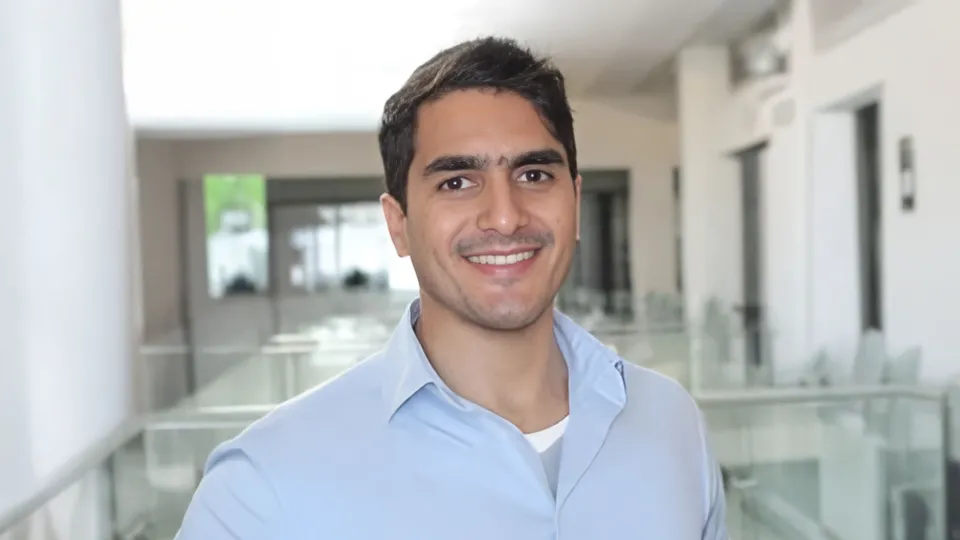
Fiber glow brings more go for underwater communications
KAUST scientists have developed an optical-based wireless network system that has significant potential for faster underwater optical communications.
About
In free-space and underwater optical wireless communication systems, there is often a trade-off between the size of a photodetector and its bandwidth, with larger area devices capturing more light but at the expense of a slower maximum data speed. Now, researchers from KAUST have developed an elegant solution to the problem.
Chun Hong Kang and Boon Ooi and their collaborators have designed and fabricated luminescent polymer optical fibers doped with nanocrystals of CsPbBr3 that act as a large-area scintillator. The idea is that the fibers absorb an optical data signal transmitted in the violet spectral region (around 400 nm) and then reemit it in the green region (around 510 nm) so that it can be detected by a fast avalanche photodetector.
The result is a detector system that is omnidirectional and can be scaled to large areas and operate at a data transmission at hundreds of megabits per second, making it especially attractive for fast underwater optical communications.
“We hope to pave the way toward the full-scale commercialization of optical-based wireless network systems that offer high bandwidth capacity, lower latency and faster data rates than existing micro- and millimeter wave technology,” explained postdoc Chun Hong Kang. “This includes bringing the optical wireless internet system to the underwater environment, where the existing technology based on acoustic and radio-frequency (RF) waves suffer significantly in terms of the data rate due to the high attenuation in water.”
Experimental tests conducted so far at a wavelength of 405 nm show that the team’s detector system offers a 3dB bandwidth of 13.1 MHz, allowing data transmission speeds of up to 152.5 Mbit/s.
However, Ooi is confident that this performance can be pushed even further by optimizing the properties of the nanocrystals used. He is now working closely with material scientists at KAUST, notably the groups of Osman Bakr and Omar Mohammed, with this goal in mind.
Read the full text.


